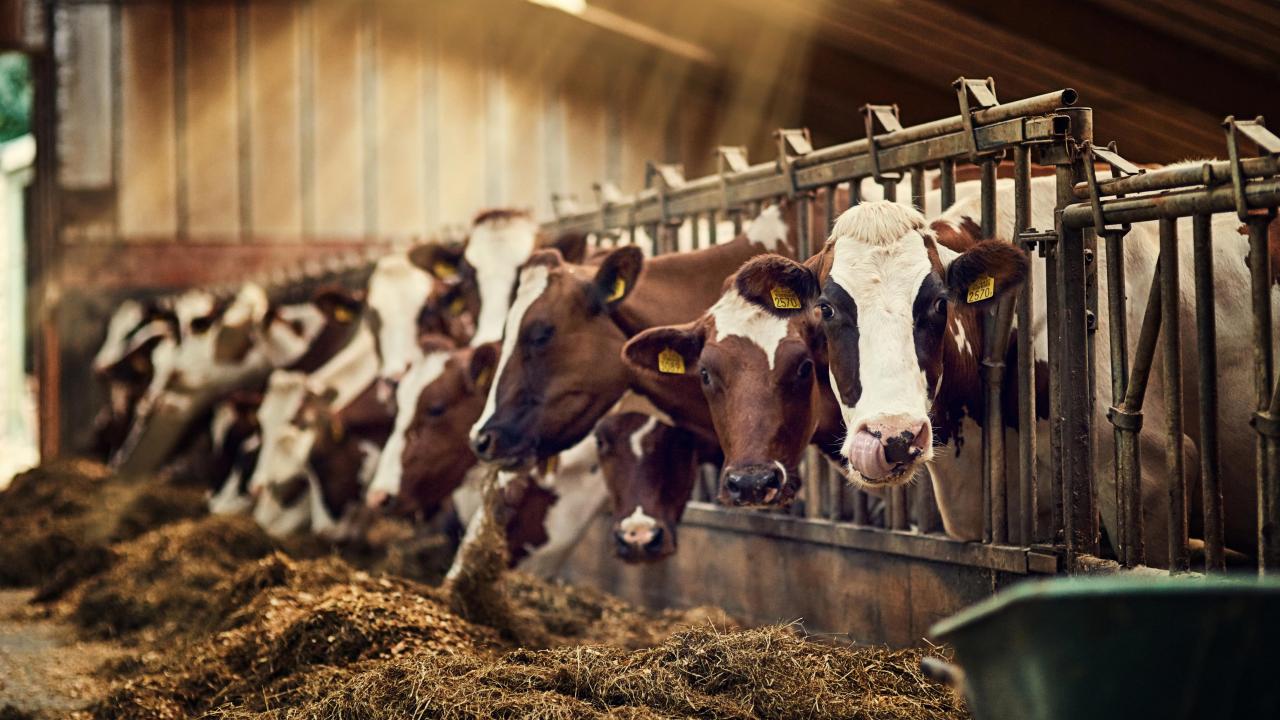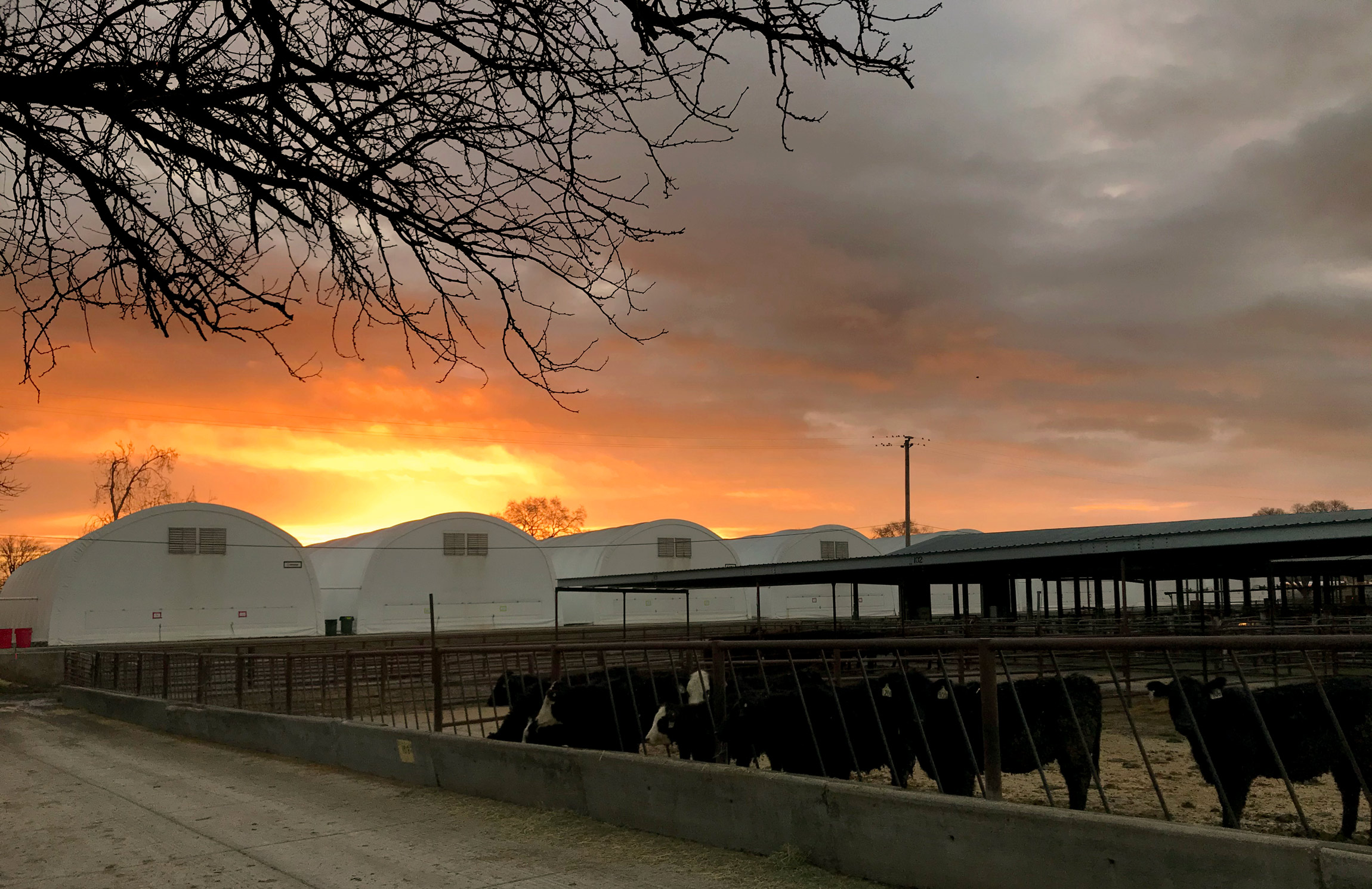
Can Cattle Help Mitigate Climate Change?
It sounds counterintuitive, but new research is pointing to the fact that instead of merely heating up our atmosphere with the potent gas methane, cows might actually be able to help fight climate change. It all has to do with what happens to methane after it enters the atmosphere, and with the advances American farmers and ranchers have made in the past 70 years.
Since cattle are often associated with methane – the simple hydrocarbon made up of one carbon atom and four hydrogen atoms (CH4) – let’s take a look at what happens to methane after it’s expelled by an ordinary cow.
Methane enters the atmosphere with a global warming potential that’s about 28 times greater than carbon dioxide over a 100-year period. But unlike carbon dioxide from tailpipe emissions, for example, methane is a short-lived greenhouse gas (GHG) that has a lifespan of about 10 years. Once in the atmosphere, methane reacts with a hydroxyl radical to become water vapor and carbon dioxide. This is where it gets interesting.
Plants require carbon dioxide to complete the process of photosynthesis, so they pull it from the atmosphere. Photosynthesis produces food for humans and for animals, including cattle. When it’s the latter, this carbon cycle begins anew.
How efficient are U.S. cattle?
Because of the marked advances in animal agriculture that have occurred in the United States since 1950, we have far fewer cattle, without a corresponding decrease in output. In 1970, there were 140 million head of beef cattle in the United States. There are 90 million today, but we are nevertheless producing the same amount of beef (24 million tons). We are experiencing this phenomenon in the swine industry as well, where we have seen a tripled pig crop with a concurrent 76 percent reduction in land use, a 25 percent reduction in water use and a nearly 8 percent reduction in GHG emissions since 1960.
Where cows are concerned, less methane is going into the atmosphere than was the case 50, 60, 70 years ago. That means less carbon dioxide is being produced in the methane conversion outlined above.
With this decrease in carbon dioxide from cattle, plants draw from the glut of carbon dioxide in the atmosphere from other human (or anthropogenic) activities such as the burning of fossil fuels. In this way, cattle can help to mitigate climate change.

Rethinking Methane
Methane has been the Achille's heal for cattle emissions, but it may be part of a climate solution
